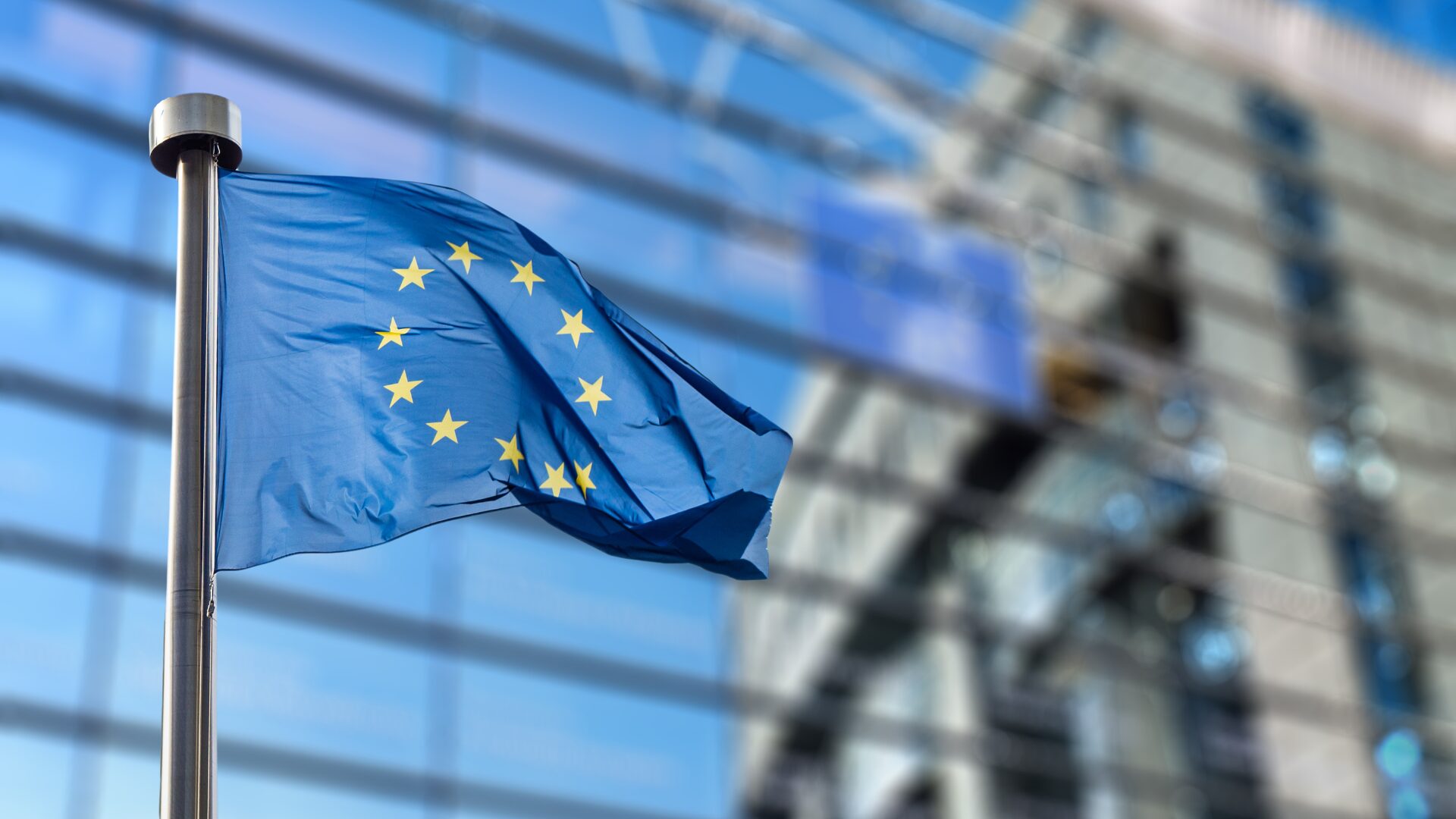Since the beginning of this decade, the European Union has faced the most severe pandemic in a century, the bloodiest war on European soil since World War II, and the hottest year on record.
The global geopolitical and security landscape is undergoing profound changes, making it urgent to strengthen the EU’s level of preparedness.
The EU and its Member States are increasingly facing multidimensional, complex, and cross-border threats and crises. Security risks—whether related to defence, the economy, technology, climate change, or health emergencies—are evolving rapidly.
This rapid evolution creates new vulnerabilities and can lead to large-scale, cross-sectoral crises with serious consequences for security, citizens’ well-being, and the functioning of society and the economy.
This new reality calls for a stronger, more comprehensive, and integrated approach to European crisis management and civil preparedness, shifting from a reactive stance to proactive readiness.
To foster a culture of preparedness and resilience, the EU must not only decode current crises but also anticipate future threats. This will require stronger capabilities in strategic foresight, early warning, detection, and analysis.
A New Approach to European Preparedness
Sauli Niinistö—former President of Finland and Special Adviser to the President of the European Commission—was tasked by President Ursula von der Leyen, alongside Kaja Kallas, High Representative for Foreign Affairs and Security Policy, with preparing a report assessing the complex challenges facing the EU and its Member States. They were also asked to provide recommendations on strengthening the EU’s civil and military preparedness and its readiness to respond to future crises.
The report underscored the need for a new and ambitious approach to European preparedness and readiness. It outlined around 80 recommendations for short-, medium-, and long-term actions.
The findings and recommendations of the Niinistö Report, together with the Political Guidelines and Mission Letters set out by President von der Leyen for the current mandate (2024-2029), have contributed to the development of the EU Strategy for a Preparedness Union. This initiative has been entrusted to Commissioner Hadja Lahbib, in coordination with Executive Vice-President Roxana Minzatu, and is expected to be presented next week.
A Comprehensive and Urgent Preparedness Approach
True European preparedness will require a broader, more integrated, and more urgent approach.
All key crisis response actors must be fully prepared and capable of responding effectively and seamlessly, within a whole-of-government and whole-of-society approach.
A higher level of preparedness will be required across all sectors, linking internal and external security and making use of both civilian and military resources.
The Strategy is expected to:
- Deter potential threat actors
- Reduce risks
- Lower citizens’ sense of uncertainty
- Strengthen the fundamental conditions for economic prosperity and competitiveness
Our team is at your disposal for further information.





